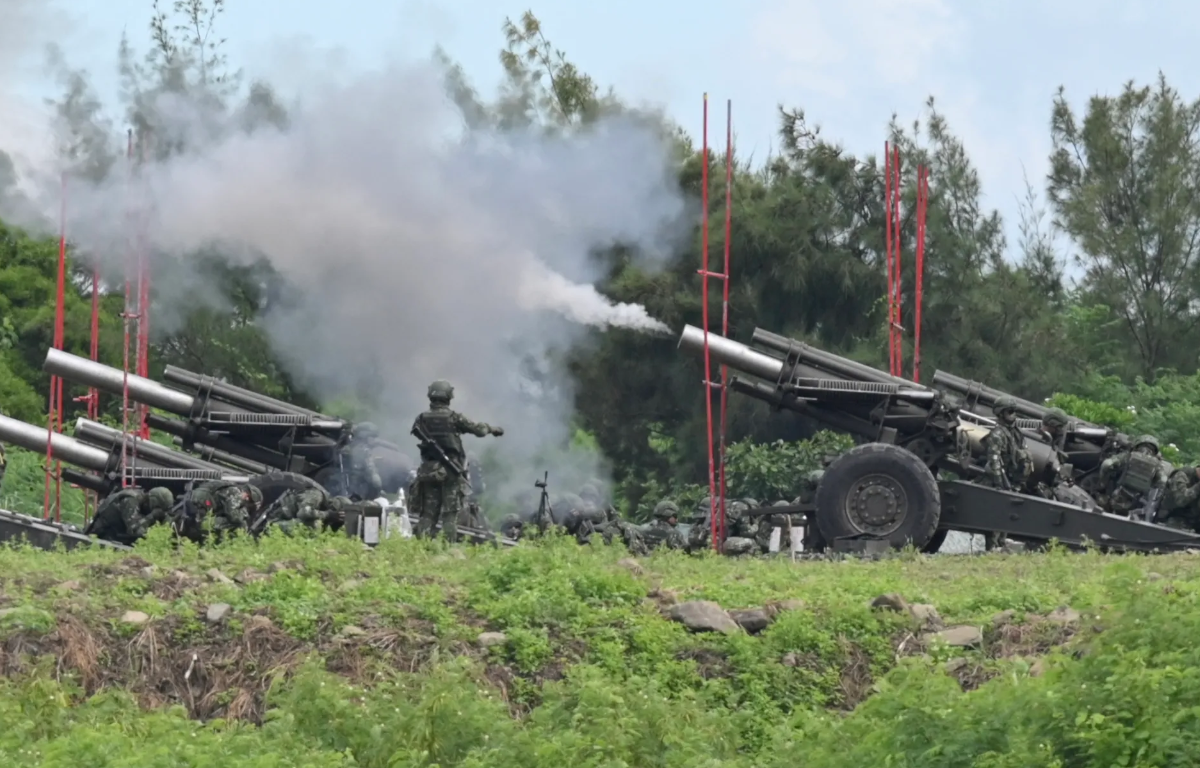
Japan’s defense strategy has been gradually evolving over the years, driven by regional security concerns and changing geopolitical dynamics. Historically constrained by its post-World War II constitution, which renounced the right to wage war, Japan has maintained a primarily defensive posture. However, growing threats from North Korea, China’s assertiveness in the South China Sea, and the global rise of hypersonic missile technology have prompted Japan to reassess its security stance.
One of the most significant allocations in Japan’s defense budget is for the development of hypersonic weapons. Hypersonic missiles are capable of traveling at speeds exceeding Mach 5, making them extremely difficult to intercept and providing a significant advantage in modern warfare. Japan’s pursuit of hypersonic technology reflects its commitment to staying at the forefront of defense capabilities.
The development of hypersonic weapons will not only enhance Japan’s deterrence capabilities but also contribute to regional stability by providing a credible defense against potential adversaries. It’s important to note that Japan’s interest in hypersonics is not aimed at aggression but rather as a deterrent to protect its security interests.
Another key element of Japan’s defense budget is the acquisition of frigates. These naval vessels play a crucial role in maritime security and defense. Japan, situated in a region with numerous territorial disputes and contested waters, recognizes the importance of a strong naval presence to protect its interests and ensure freedom of navigation.
The addition of frigates to Japan’s maritime fleet will strengthen its ability to respond to a wide range of contingencies, from disaster relief to defending its territorial waters. It’s part of Japan’s broader effort to modernize its naval capabilities and ensure its readiness to address evolving challenges in the maritime domain.
Japan has also allocated funds for the acquisition of F-35 fighter jets. The F-35 is a fifth-generation stealth aircraft known for its versatility and advanced capabilities. It provides Japan with a significant edge in air superiority, ensuring its ability to protect its airspace and respond to any airborne threats swiftly.
These fighter jets are not only essential for defense but also for cooperation with allies, as Japan strengthens its partnerships with countries like the United States to maintain regional stability.
Japan’s defense budget allocation is not made in isolation. It is part of a broader strategy that includes cooperation with allies and partners, notably the United States. The U.S.-Japan alliance is a cornerstone of Japan’s security policy, and both nations regularly engage in joint exercises and defense initiatives to address common security concerns.
In a world where security challenges often transcend borders, Japan recognizes the importance of collaboration to enhance collective security. By investing in advanced defense capabilities and working closely with its allies, Japan aims to contribute to regional peace and stability.










Share this: